Malcolm X Blvd Pollinator Corridor Introduce
In the vibrant heart of Harlem, along Malcolm X Boulevard, a unique and increasingly vital green initiative is taking root: the Malcolm X Blvd Pollinator Corridor. This isn't a traditional sprawling park, but rather an innovative and thoughtfully designed series of native pollinator plant installations within existing tree beds and medians. It's a testament to how even seemingly small urban spaces can be transformed into thriving ecosystems, benefiting both the environment and the local community. The project aims to celebrate the vibrancy of Harlem by bringing the hope and healing powers of plants directly into the urban landscape, providing healthy habitat for crucial urban pollinators like bees and butterflies.
The vision behind the Malcolm X Blvd Pollinator Corridor is ambitious and multi-phased. What began with initial plantings is envisioned to expand significantly, eventually creating a lush green corridor spanning the entire length of Malcolm X Boulevard. This expansion will not only increase the amount of green space but also incorporate art by local artists and initiate programming with local businesses and organizations, weaving nature and culture seamlessly into the fabric of Harlem. The ultimate goal is to bring joy and pride to the community, elevating the quality of life by enhancing the natural environment for both people and pollinators.
The project's importance extends beyond aesthetics. In a densely populated urban environment like New York City, green spaces are crucial for improving air quality, reducing heat buildup, and aiding stormwater management. The plants installed along Malcolm X Boulevard actively filter pollutants, absorb carbon dioxide, and release oxygen, contributing to a healthier urban atmosphere. For New Yorkers, spending even a short time in green spaces has been shown to improve happiness, well-being, and reduce stress. The Pollinator Corridor offers this benefit directly on a major thoroughfare, providing accessible nature where it's needed most.
Moreover, the ecological impact of the Pollinator Corridor is substantial. Pollinator populations are declining globally due to habitat loss and fragmentation. Urban pollinator corridors offer healthy, contiguous habitats to vulnerable native species, connecting them to other green spaces across the city. By utilizing unused spaces like road medians, the project reintroduces vital natural elements into a paved environment, creating crucial stepping stones for insects and birds. This effort highlights a proactive approach to conservation, demonstrating how urban residents can play a significant role in supporting biodiversity.
The Malcolm X Blvd Pollinator Corridor is a community-driven initiative, heavily relying on the collective stewardship and volunteer efforts of local residents and groups along Malcolm X Boulevard. This participatory approach fosters a sense of ownership and pride, inspiring broader community greening efforts throughout Harlem. For New Yorkers, this project represents a tangible example of how grassroots efforts, combined with scientific principles of ecological design, can transform urban landscapes into more livable, sustainable, and beautiful places, one tree bed at a time.
Location and Accessibility
The Malcolm X Blvd Pollinator Corridor is located along Malcolm X Boulevard (also known as Lenox Avenue) in Harlem, New York, NY 10027, USA. While the provided address of "380 Malcolm X Blvd #12G" refers to a specific building, the corridor itself is a linear green space integrated into the tree beds and medians of the boulevard, primarily between 125th and 130th Streets, with plans for expansion.
Harlem is exceptionally well-served by New York City's public transportation system, making the Malcolm X Blvd Pollinator Corridor highly accessible for New Yorkers from across the city. The 2 and 3 subway lines run directly beneath Malcolm X Boulevard, with multiple stops in the vicinity (e.g., 125th Street, 135th Street). The A, B, C, and D subway lines also have major stations nearby, particularly at 125th Street and St. Nicholas Avenue, which is a short walk to Malcolm X Boulevard. Additionally, numerous MTA bus routes traverse Malcolm X Boulevard and intersecting streets, providing extensive local coverage and easy connections from other neighborhoods.
Given its integration into the existing streetscape, the Pollinator Corridor is inherently walkable and bikeable. Residents and visitors can easily stroll along the sidewalks, observing the plantings and enjoying the improved aesthetics. There are no specific parking facilities dedicated to the corridor, as it is a public green space along a busy avenue. Street parking may be available in the surrounding residential areas, though it can be competitive, as is typical for most parts of Manhattan. The emphasis on public transport and pedestrian access aligns with the project's urban sustainability goals, encouraging a greener way to experience Harlem's evolving landscape.
Services Offered
- Habitat Creation: Provides vital habitat for urban pollinators (bees, butterflies, birds) by planting native species, supporting local biodiversity.
- Environmental Improvement: Contributes to cleaner air, reduced heat island effect, and improved stormwater management through plant filtration and absorption.
- Community Greening: Enhances the aesthetic appeal of Malcolm X Boulevard, bringing greenery and natural beauty to an urban environment.
- Public Well-being: Offers accessible green space for residents to enjoy, promoting stress reduction, improved mood, and connection with nature.
- Educational Opportunities (Future/Informal): Serves as a living outdoor classroom, informally educating passersby about native plants and the importance of pollinators. Future plans include programming with local organizations.
- Community Engagement: Relies on volunteer stewardship and participation from local residents and groups, fostering a sense of collective ownership and pride.
- Inspiration for Green Initiatives: Aims to inspire collective stewardship and community greening to spread throughout Harlem.
Features / Highlights
- Native Pollinator Plantings: Features a diverse array of native plants specifically chosen to attract and support local pollinators, including species like Chasmanthium latifolium, Heliopsis helianthoides, and Zizia aurea.
- Urban Integration: Seamlessly incorporated into existing tree beds and medians along Malcolm X Boulevard, demonstrating innovative urban greening.
- Multi-Phased Expansion: Envisioned as a growing project, with plans to expand plantings along the entire length of Malcolm X Boulevard, incorporate local art, and develop community programming.
- Ecological Restoration: Aims to reverse pollinator decline by creating healthy, contiguous habitat within a fragmented urban landscape.
- Community-Driven Initiative: Maintained by dedicated local residents and volunteers, fostering strong community involvement and stewardship.
- Positive Environmental Impact: Actively contributes to cleaning the air, cooling the street, and managing stormwater in a dense urban setting.
- Enhances Quality of Life: Provides a "happier, healthier state of mind" by offering accessible nature, joy, and pride to the Harlem community.
Promotions or Special Offers
As a public greening initiative and a community-led garden project, the Malcolm X Blvd Pollinator Corridor does not offer commercial "promotions" or "special offers" in the traditional business sense. Its core offering is the continuous, free access to a beautiful and environmentally beneficial public space for all New Yorkers.
However, its ongoing development and community engagement efforts can be seen as a continuous "offer" to participate and benefit. For example:
- Volunteer Opportunities: The project actively seeks volunteers for clean-ups, planting, weeding, and ongoing maintenance. This is an "offer" of a chance to engage directly with local greening efforts and contribute to the community.
- Educational Programs: While not yet fully formalized, the long-term vision includes programming with local businesses and organizations. These potential future programs could offer free workshops or guided tours related to pollinators, native plants, or urban ecology.
- Community Pride & Well-being: The enhanced beauty and environmental benefits are a constant "promotion" of improved quality of life for local residents, free of charge.
New Yorkers interested in supporting or participating in the Malcolm X Blvd Pollinator Corridor should look for announcements from local community groups, environmental organizations, or check platforms like ioby.org (where the project has previously raised funds) for updates on volunteer days or public events. The true "special offer" is the opportunity to witness and contribute to the transformation of urban space into a vibrant ecological asset.
Contact Information
As the Malcolm X Blvd Pollinator Corridor is a community-led greening project rather than a formal business or established public park with dedicated staff, direct contact information like a specific phone number or email for the "garden" itself is not typically available. The provided address of "380 Malcolm X Blvd #12G, New York, NY 10027, USA" likely refers to a residential or organizational address associated with the project's organizers, not a public office for the corridor itself.
For inquiries related to the Malcolm X Blvd Pollinator Corridor, including volunteer opportunities, partnership ideas, or general information, the best approach is to seek out information through the organizations or individuals spearheading the project. Based on publicly available information, Jennifer Nitzky is associated with the project, and previous fundraising efforts were conducted via ioby.org. It is advisable to search for updated project pages on community greening platforms or local Harlem environmental groups that might be collaborating on this initiative.
As this is a developing community project, formal contact details may evolve. For broader inquiries about Harlem's green spaces or public initiatives, contacting Harlem Community Board 10 or the NYC Department of Parks & Recreation might also provide relevant information or direct you to the appropriate contacts.
Conclusion: Why This Place is Suitable for Locals
For New Yorkers, particularly those in Harlem, the Malcolm X Blvd Pollinator Corridor is profoundly suitable because it embodies the spirit of urban resilience, community empowerment, and environmental consciousness. It's not just a collection of plants; it's a living, breathing testament to what collective action can achieve in a dense urban environment, directly benefiting the lives of those who live nearby.
Firstly, its seamless integration into Malcolm X Boulevard makes it incredibly accessible to the local community. It transforms everyday tree beds and medians into vibrant, natural features, offering immediate access to greenery and a connection with nature as residents go about their daily lives. This accessibility is crucial in a city where large green spaces might require a dedicated trip, allowing for casual enjoyment and a constant reminder of nature's presence.
Secondly, the environmental benefits it delivers directly impact the well-being of Harlem residents. By filtering air pollutants, absorbing carbon dioxide, and reducing the urban heat island effect, the corridor contributes to a healthier living environment. For New Yorkers concerned about urban quality of life, this project offers tangible improvements right on their doorstep. Moreover, by supporting local pollinators, it plays a vital role in the broader ecosystem, indirectly contributing to the health of urban gardens and green spaces across the city.
Finally, and perhaps most importantly, the Malcolm X Blvd Pollinator Corridor is a powerful symbol of community pride and collective stewardship. Its reliance on local volunteers and organizations fosters a sense of ownership and encourages civic engagement. For locals, it's more than just a garden; it's a shared endeavor that beautifies their neighborhood, supports biodiversity, and demonstrates the power of grassroots action to create positive change. It provides a unique opportunity for New Yorkers to actively participate in making their city greener and healthier, fostering both environmental and community resilience in the heart of Harlem.
Malcolm X Blvd Pollinator Corridor Photos


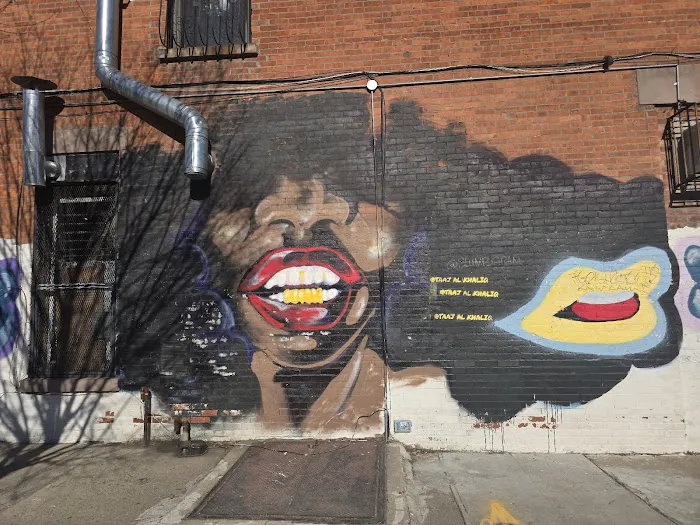
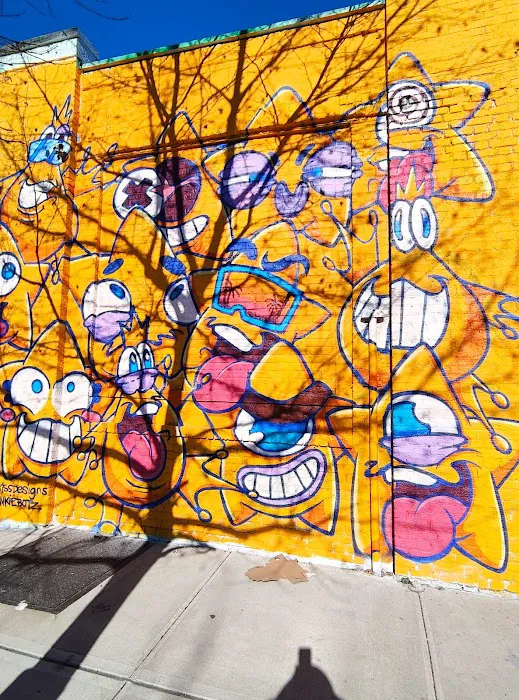

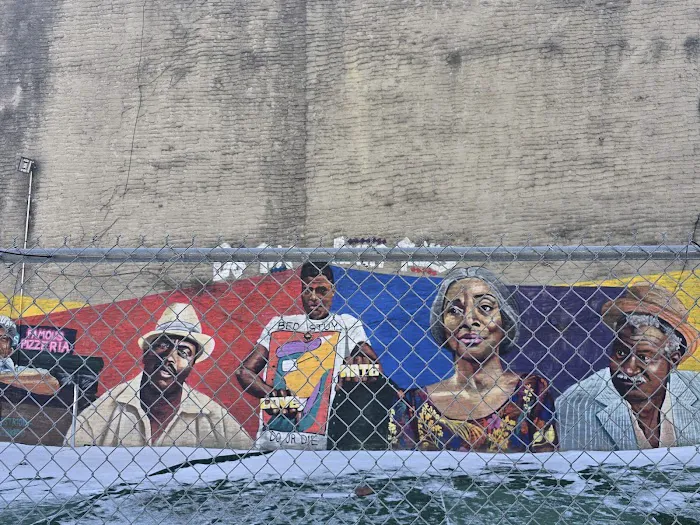
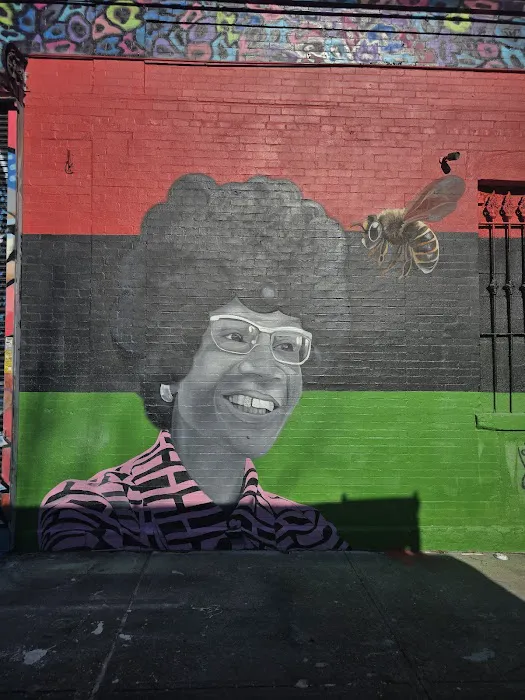
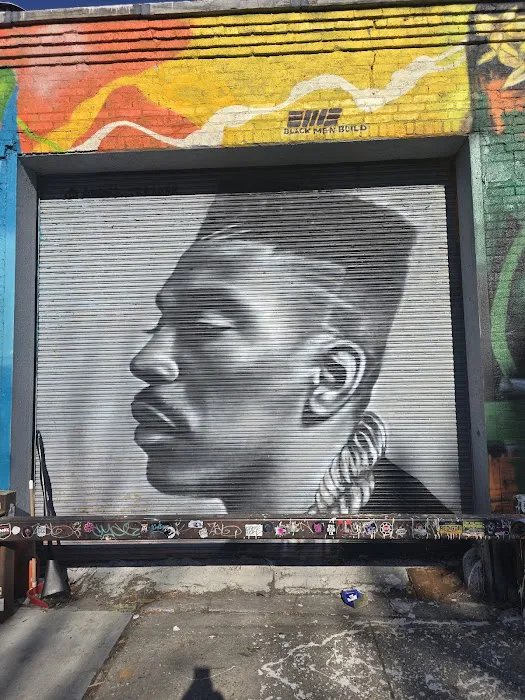

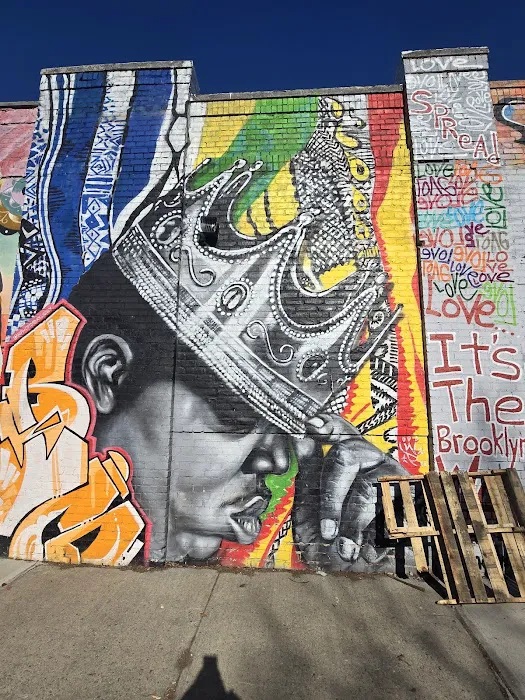
Malcolm X Blvd Pollinator Corridor Location
Malcolm X Blvd Pollinator Corridor
380 Malcolm X Blvd #12G, New York, NY 10027, USA
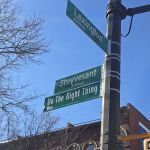 Malcolm X Blvd Pollinator Corridor
Malcolm X Blvd Pollinator Corridor380 Malcolm X Blvd #12G
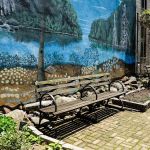 Edward Bowman Park
Edward Bowman Park52 W 129th St
 Rev. Linnette C. Williamson Memorial Park
Rev. Linnette C. Williamson Memorial Park65 W 128th St
 Chez Michelle NYC
Chez Michelle NYCW 130th St
 Unity Gardens
Unity Gardens55 W 128th St
 Historic Harlem House
Historic Harlem House48 W 128th St
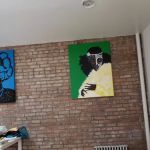 Harlem Loft
Harlem Loft33 W 128th St
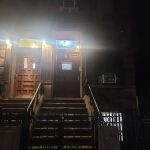 The Harlem Pearl
The Harlem Pearl31 W 128th St
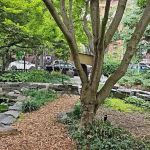 W. 132nd Street Community Garden
W. 132nd Street Community Garden108 W 132nd St
 Harlem Grown 127th Street Learning Annex
Harlem Grown 127th Street Learning AnnexNew York
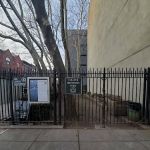 Collyer Brothers Park
Collyer Brothers Park5th Ave &
 Spot Hostels
Spot Hostels35 W 126th St
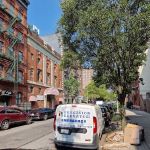 Nicolas Apartment
Nicolas Apartment167 W 129th St
Malcolm X Blvd Pollinator Corridor Reviews
More Scenic Spot
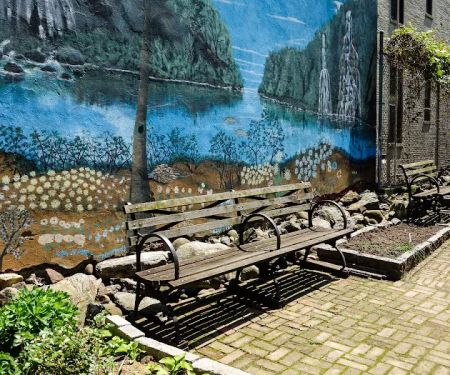 Edward Bowman Park0.0 (0 reviews)
Edward Bowman Park0.0 (0 reviews)52 W 129th St, New York, NY 10027, USA
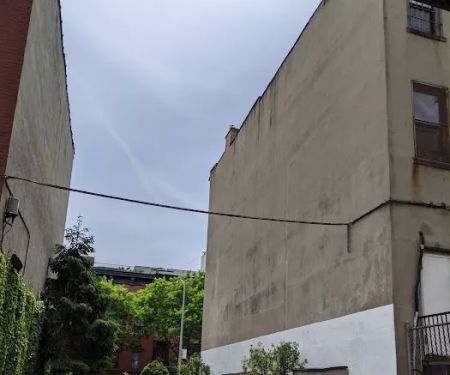 Rev. Linnette C. Williamson Memorial Park4.0 (1 reviews)
Rev. Linnette C. Williamson Memorial Park4.0 (1 reviews)65 W 128th St, New York, NY 10027, USA
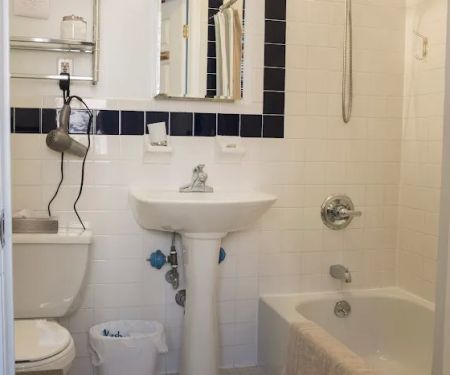 Chez Michelle NYC4.0 (27 reviews)
Chez Michelle NYC4.0 (27 reviews)W 130th St, New York, NY 10027, USA
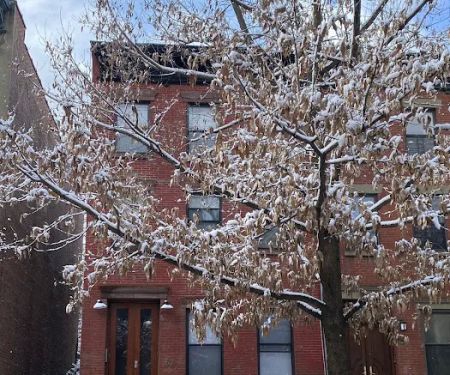 Unity Gardens5.0 (1 reviews)
Unity Gardens5.0 (1 reviews)55 W 128th St, New York, NY 10027, USA
 Historic Harlem House4.0 (12 reviews)
Historic Harlem House4.0 (12 reviews)48 W 128th St, New York, NY 10027, USA
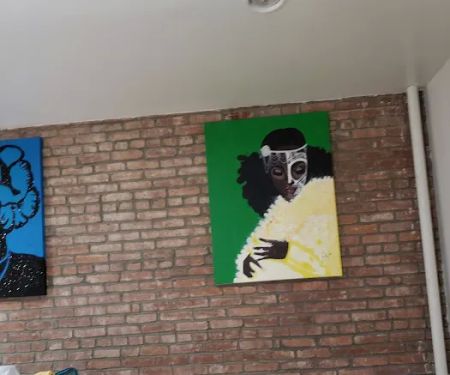 Harlem Loft4.0 (28 reviews)
Harlem Loft4.0 (28 reviews)33 W 128th St, New York, NY 10027, USA
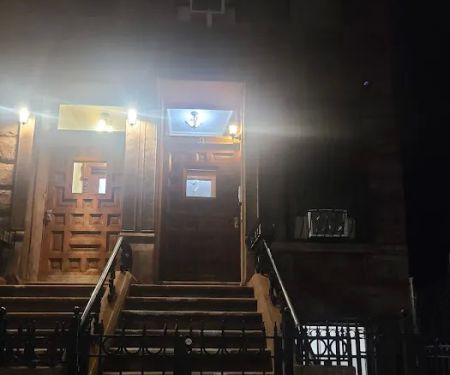 The Harlem Pearl3.0 (13 reviews)
The Harlem Pearl3.0 (13 reviews)31 W 128th St, New York, NY 10027, USA
 W. 132nd Street Community Garden4.0 (7 reviews)
W. 132nd Street Community Garden4.0 (7 reviews)108 W 132nd St, New York, NY 10027, USA
 Harlem Grown 127th Street Learning Annex0.0 (0 reviews)
Harlem Grown 127th Street Learning Annex0.0 (0 reviews)New York, NY 10027, USA
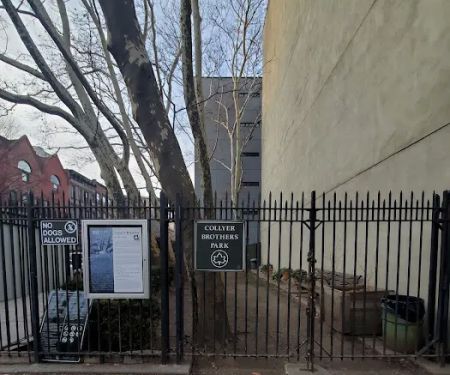 Collyer Brothers Park4.0 (68 reviews)
Collyer Brothers Park4.0 (68 reviews)5th Ave &, W 128th St, New York, NY 10027, USA
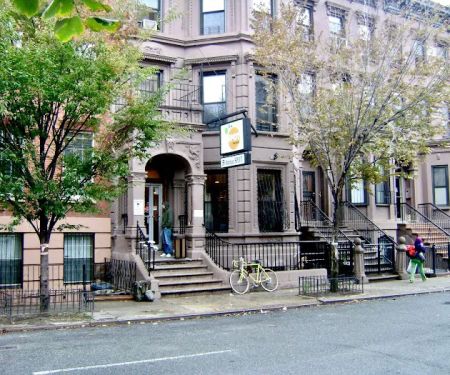 Spot Hostels3.0 (5 reviews)
Spot Hostels3.0 (5 reviews)35 W 126th St, New York, NY 10027, USA
 Nicolas Apartment4.0 (2 reviews)
Nicolas Apartment4.0 (2 reviews)167 W 129th St, New York, NY 10027, USA
Categories
Popular Camping Sites
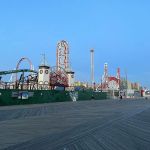 Coney Island Boardwalk Garden4.0 (75 reviews)
Coney Island Boardwalk Garden4.0 (75 reviews)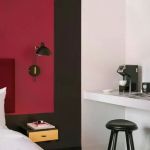 The William Hotel Midtown, Sonder4.0 (555 reviews)
The William Hotel Midtown, Sonder4.0 (555 reviews)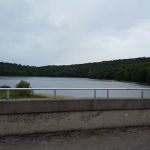 Shepard Lake Recreation Area0.0 (0 reviews)
Shepard Lake Recreation Area0.0 (0 reviews) Stairway To Heaven4.0 (185 reviews)
Stairway To Heaven4.0 (185 reviews)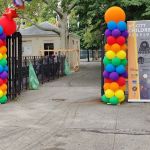 Howard Bennett Playground4.0 (152 reviews)
Howard Bennett Playground4.0 (152 reviews) Isle of Meadows4.0 (10 reviews)
Isle of Meadows4.0 (10 reviews)Trending Camping Blog Posts
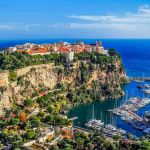 Top Group Travel Destinations in Europe: Best Places for Group Vacations
Top Group Travel Destinations in Europe: Best Places for Group Vacations How to Get Involved in Travel Clans for Social Travel: Explore Group Travel Opportunities
How to Get Involved in Travel Clans for Social Travel: Explore Group Travel Opportunities Best Travel Clans for Sustainable Travel
Best Travel Clans for Sustainable Travel Best Group Vacation Destinations for Friends: Ultimate Travel Ideas
Best Group Vacation Destinations for Friends: Ultimate Travel Ideas Travel Clans for Solo Travelers Looking for Company: Join Unique Travel Communities
Travel Clans for Solo Travelers Looking for Company: Join Unique Travel Communities Best Travel Clans for Women Traveling Together
Best Travel Clans for Women Traveling Together 
